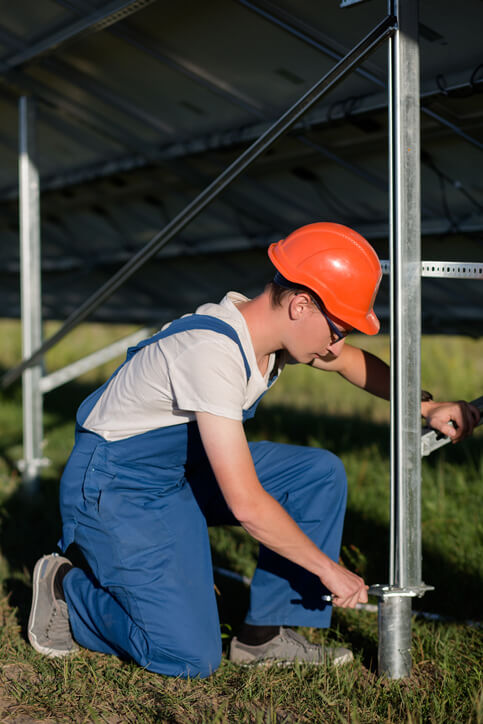Small Cell Installations & Helical Piles

Technician installing foundation of solar panel with helical piles. Engineer setting frame fo photovoltaic panels.
In the world of wireless telecommunications and small cell deployment, you might come across the use of helical pile foundations. These are nothing new and were invented in the 1830s by an Irish Engineer, Alexander Mitchell. He was a civil engineer and developed the design to stabilize structures built in coastal sands. Since then the technology has advanced and the use of helical piles for foundations is common practice.